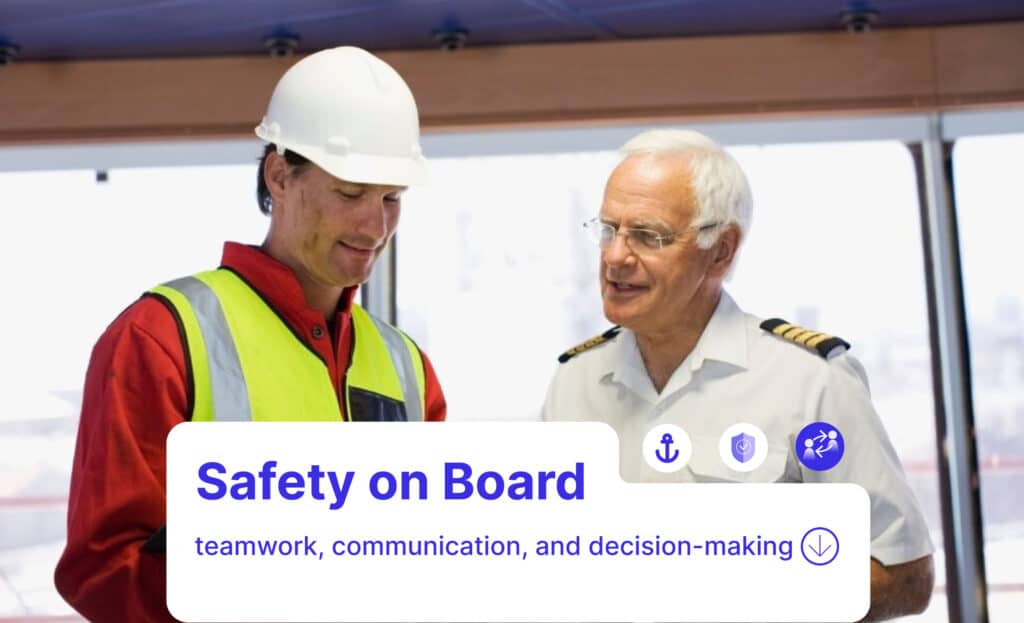
Bridge Resource Management (BRM), also known as Maritime Resource Management (MRM), refers to the effective management and use of all available resources (human and technical) to ensure the safe completion of a vessel’s voyage. This program was initiated in 1993 to address human and organizational errors that can lead to incidents in maritime operations.
In this article, we’ll explore bridge resource management and its pivotal role in enhancing safety and efficiency at sea.
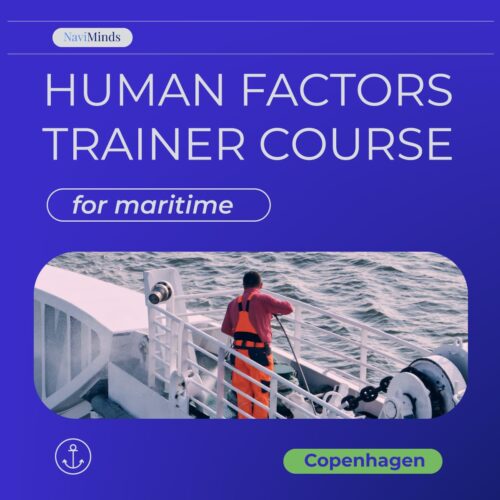


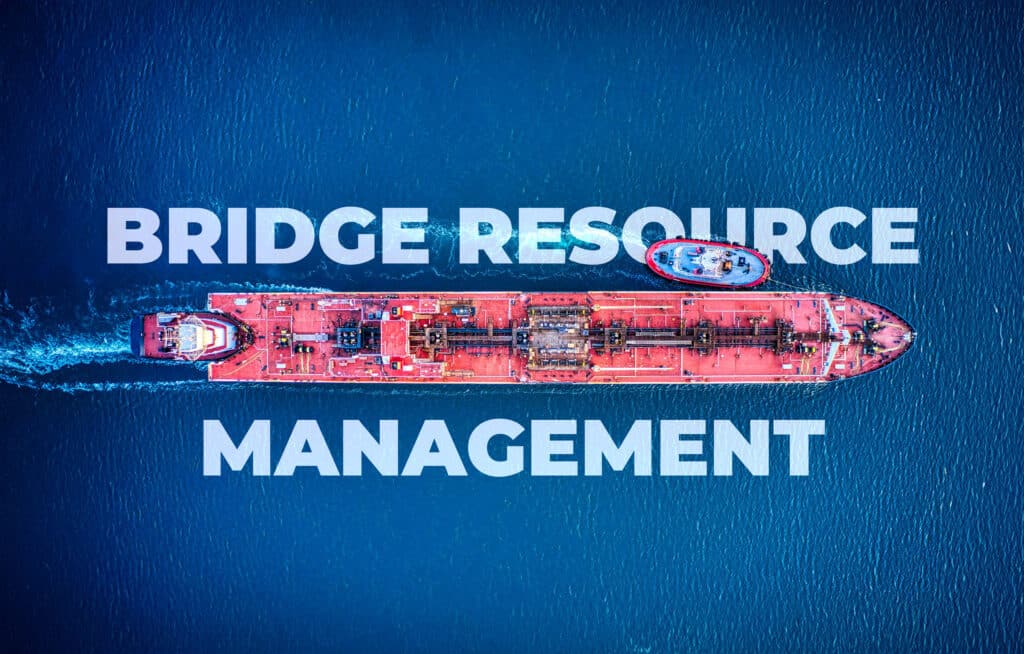
Bridge Resource Management (BRM), aims to improve safety onboard through better teamwork, communication, and decision-making. BRM training enhances decision-making skills and integrates effective communication protocols to foster a culture of continuous improvement in maritime operations.
Bridge Resource Management training originates from similar training in the aviation industry. This training is known as Crew Resource Management (CRM), formerly Cockpit Resource Management.
In 1979, NASA investigators began examining the root causes of aircraft crashes. As a consequence of the Tenerife airport disaster on March 27, 1977 – the deadliest disaster in aviation history, with 583 people losing their lives. The accident happened due to fog, stress between crew members, communication misunderstandings, a lack of monitoring, and challenging errors.
In response, NASA developed a new training approach for flight crews focused on self-awareness, situational awareness, leadership, interpersonal communications, and decision-making.
The training quickly became a fundamental part of aviation safety. Due to its success in elevating flight safety, eight entities gathered at the beginning of 1990 to convert aviation’s cockpit resource management to a course aimed at the maritime sector.
… And so, the story of Bridge Resource Management begins.
However, like the cockpit, the bridge soon felt outdated and needed to be more comprehensive. Thus, in 2003, the name was changed to Maritime Resource Management.
Discover more articles on Human Factors in the maritime sector.
Despite significant improvements in training and technology, collisions and groundings still happen. According to investigations, such accidents occur when the bridge team fails to follow BRM principles.
Traditionally, the maritime industry has fostered a blame culture, exposing seafarers to the risk of dismissal and even criminal prosecution if they are involved in accidents. Examples are the MV Erika and Hebei Spirit, where the ship’s Master was blamed for the company/system’s shortcomings.
To ensure a safer environment, the industry has recognized the need to shift blame towards a just culture.
The International Civil Aviation Organisation (ICAO) has defined just culture as:
“A culture in which frontline operators or others are not punished for actions, omissions or decisions taken by them that are commensurate with their experience and training, but where gross negligence, wilful violations, and destructive acts are not tolerated.”
– ICAO
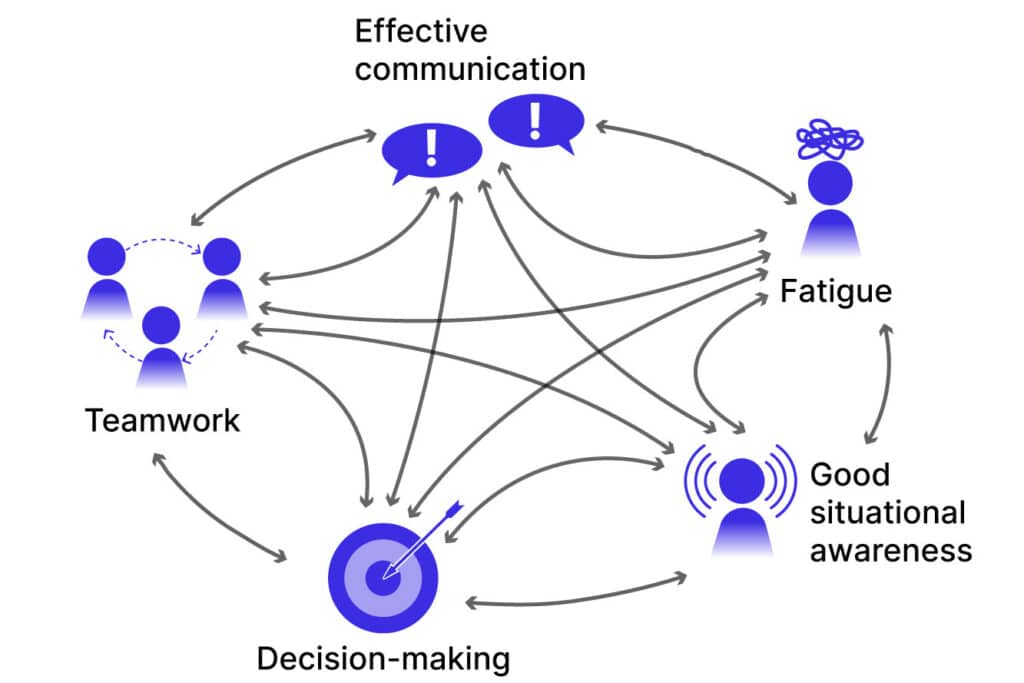
Bridge resource management includes some critical elements without which it cannot achieve its ultimate goal. Here are five of BRM’s most essential components:
To achieve successful BRM, crew members must communicate effectively with one another. However, effective communication is a complex process that involves conveying information at the right time and ensuring that the receiver understands and acknowledges it. Unfortunately, it’s not uncommon for the necessary information to exist but not made available to those who need it. Either individuals do not receive the message or they misunderstand it.
Another common cause of major incidents was inaccurate, incomplete, ambiguous, or garbled messages. Crew members should acknowledge and repeat orders to ensure understanding.
When a team of crew members works together, they can more effectively tackle the challenges they face on a daily basis. This collaborative approach ensures everyone actively engages in problem-solving, avoiding a situation where individuals just watch from the sidelines.
The bridge team must collaborate to develop a shared understanding of the intended route.
While widely accepted that the captain has the ultimate say on board the ship, the decision-maker must actively consider valuable input from officers and crew members. Gathering relevant information is crucial before making any decisions, as a wrong choice can lead to many unwanted situations onboard ships. That’s why it’s essential to seek opinions that can contribute to making a more thoughtful and deliberate decision.
Officers and crew members must stay alert to external and internal factors impacting ship safety. Closely monitoring the situation can improve response time to safely handle unexpected events. Officers can become too focused on the radar or their position on the bridge wing, which can cause them to miss what’s happening outside in a busy sailing area. To avoid near misses, it’s crucial to anticipate and respond appropriately to changes in the vessel’s surroundings.
Despite the introduction of automation to reduce the need for human labor, the increased complexity of tasks can lead to fatigue and exhaustion. Fatigue can severely hinder one’s ability to analyze information and make well-informed decisions. Unfortunately, seafarers don’t always have the luxury of adjusting their schedules for adequate rest. They often work long hours, including at night, to meet tight deadlines. This can result in irregular sleep patterns and decreased mental sharpness. It’s crucial to be aware of the hazards that come with these demanding tasks, as accidents can occur when workloads exceed crew capabilities.
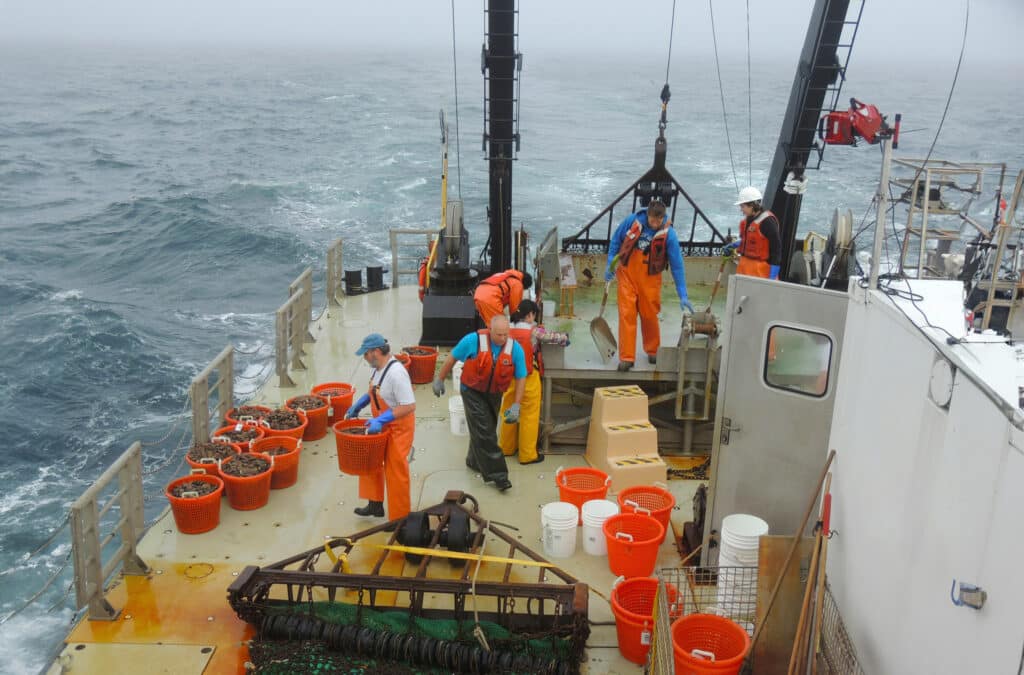
Maritime resource management training focuses on developing soft skills or non-technical knowledge. Unlike technical training, which is specific to certain roles, non-technical training applies to all individuals.
MRM training is best when it is a standalone course separate from technical issues. This allows different disciplines and ranks to participate in the same training, covering the same course contents, terminology, and objectives. The goal is to remove barriers between people, departments, ships, and shorelines. The aim is to foster efficient communication and establish a genuine safety culture within the organization.
A Bridge Resource Management course aims to help participants identify specific safety and productivity issues caused by communication and process barriers in their organization. The course aims to reduce the risk of incidents and accidents by encouraging safe and responsible behavior.
Avoiding human errors is of increasing concern as bridge procedures and the equipment used become increasingly complex. The need to emphasize bridge resource management continues to be a long-standing effort. Safety is not something we have, but we create it every day.
At NaviMinds, we deliver highly impactful 3-day or 5-day Human Factors training for maritime personnel derived from the Crew Resource Management programs developed in aviation.
View our upcoming Bridge Resource Management Trainer courses.
Contact us today to find out more: +45 26 37 39 39 or ask@naviminds.com.
Dive into our insightful and informative articles that will help you explore more and get ahead of the competition.
© 2024 NaviMinds – Designed by Aveo web&marketing